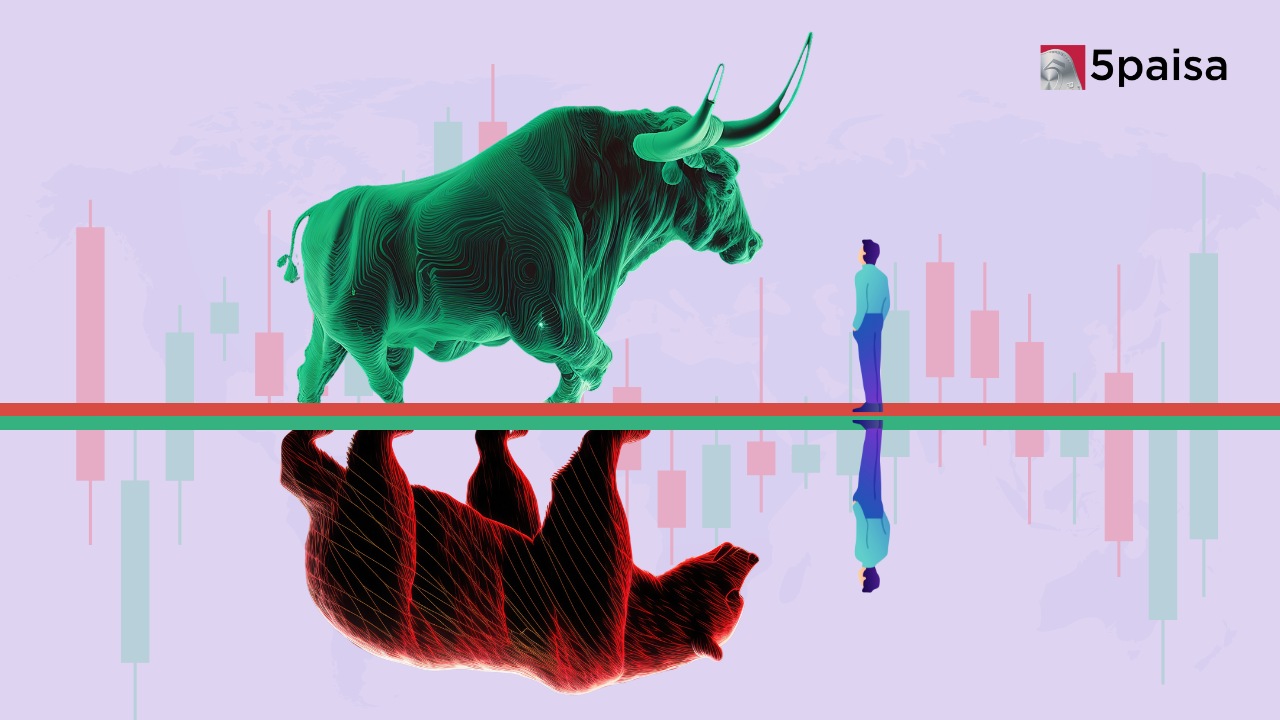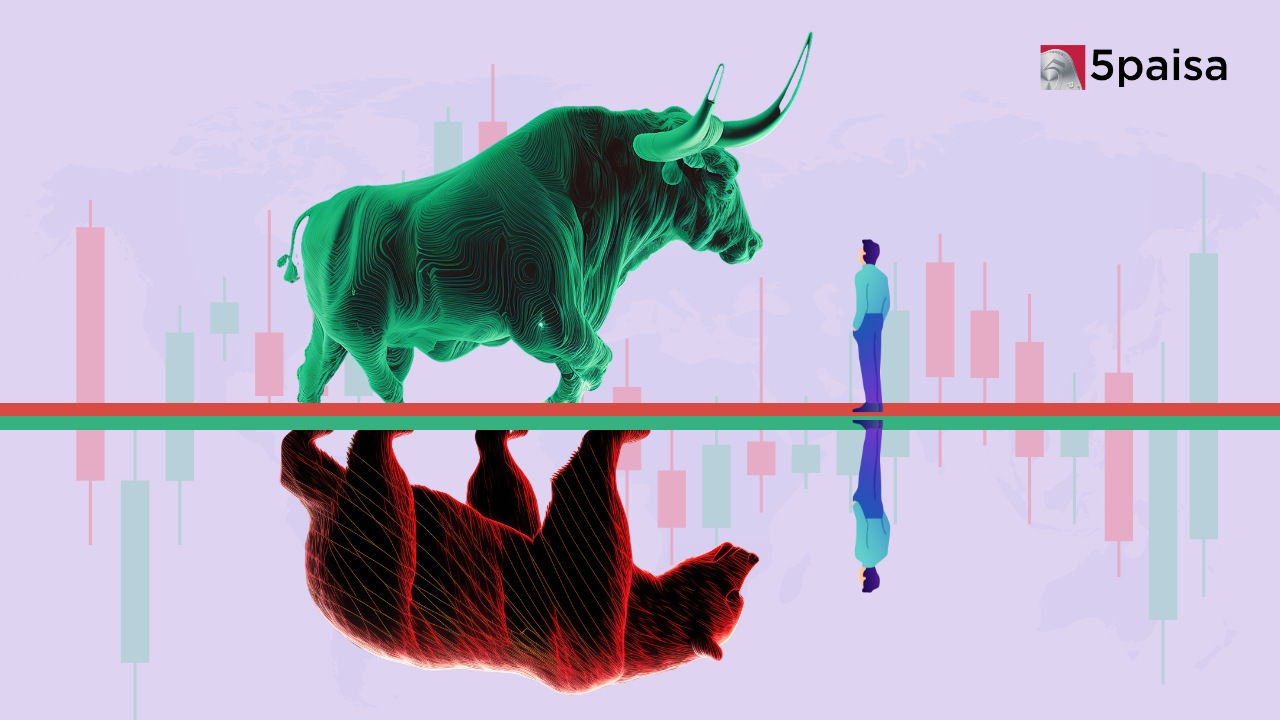Milk Prices to Remain High in FY23

Last Updated: 12th December 2022 - 01:21 am
India has been the leading producer and consumer of dairy products worldwide since 1998 with sustained growth in the availability of milk and milk products. Dairy activities form an essential part of the rural Indian economy, serving as an important source of employment and income. India also has the largest bovine population in the world.
The top 5 milk-producing states are: Uttar Pradesh (14.9%, 31.4 MMT), Rajasthan (14.6%, 30.7 MMT), Madhya Pradesh (8.6%, 18.0 MMT), Gujarat (7.6%, 15.9 MMT) and Andhra Pradesh (7.0%, 14.7 MMT).
Higher demand for milk led by increasing out-of-home consumption and the opening-up of the Hotels, Restaurants, and Cafe (HoReCa) segment has pushed milk procurement prices upward. An increase in cattle feed prices and heat waves have also impacted milk procurement prices.
Wholesale milk prices have increased 5.8% year-on-year Pan-India in June 2022. Milk prices in South India are up by 3.4% on yearly basis. The rise in wholesale prices is attributable to the end of the flush season, increasing consumption, and intense summer.
Global Skimmed Milk Powder (SMP) prices have steadily increased over the past 12 months. They have seen a growth of 26.3% on a yearly basis and 3% on a monthly basis for the month of June. It is believed that the consequent attractive export opportunity may disturb the demand-supply equation in the Indian milk industry.
The rise in prices of key raw materials has resulted in a higher cost of food for bovines. The prices of maize, wheat, soybean, and other foodgrains are rising significantly, which will lead to higher feed prices at the dairy farmer's end. Hence farmers are expected to pass on any further inflation in key raw materials.
All the dairy companies have taken some price hikes (5-8%), but rising milk procurement prices remain a key concern. All dairy companies are expected to take further price hikes in H1FY23E.
Higher Skimmed Milk Powder prices make exports attractive due to higher realizations. Higher demand and lower supply of milk for domestic consumption will likely result in higher milk procurement prices for dairy companies.
- Performance Analysis
- Nifty Predictions
- Market Trends
- Insights on Market
Trending on 5paisa
Market Outlook Related Articles
Disclaimer: Investment in securities market are subject to market risks, read all the related documents carefully before investing. For detailed disclaimer please Click here.
 5paisa Research Team
5paisa Research Team
 Sachin Gupta
Sachin Gupta




